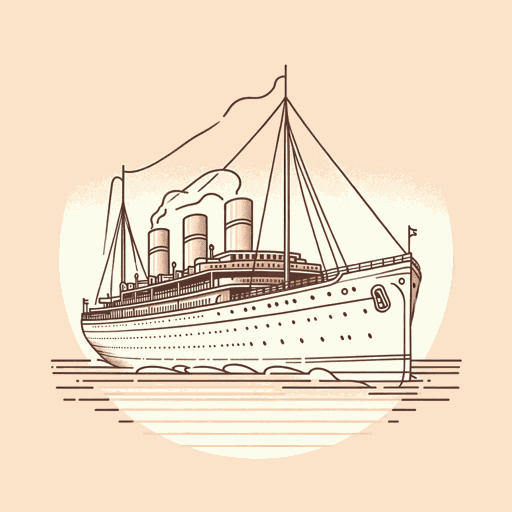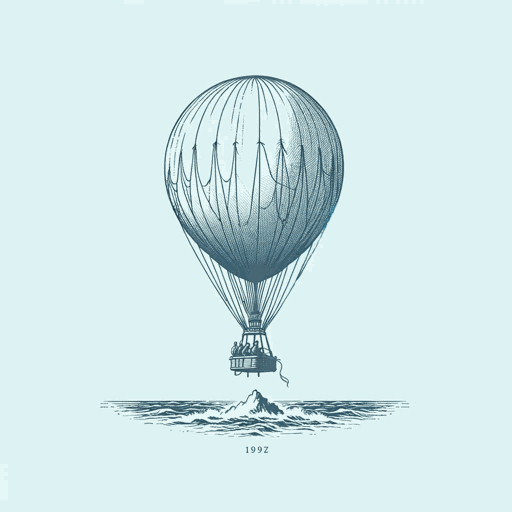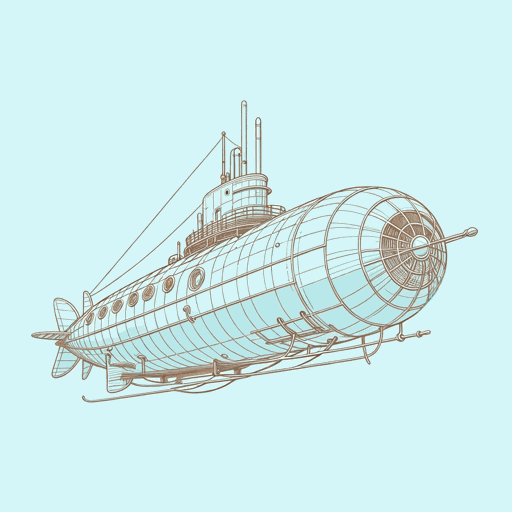53 pages • 1 hour read
Jules VerneAround the World in Eighty Days
Fiction | Novel | Middle Grade | Published in 1872A modern alternative to SparkNotes and CliffsNotes, SuperSummary offers high-quality Study Guides with detailed chapter summaries and analysis of major themes, characters, and more.
Literary Devices
Genre: Science Fiction
Around the World in Eighty Days is an early example of science fiction, or speculative fiction that deals with futuristic concepts and scientific advancements in technology such as space travel and time travel. Science fiction may include scientific descriptions of unusual locales, such as in 20,000 Leagues Under the Sea, another of Verne’s novels in the series of Extraordinary Voyages. Alongside H. G. Wells and Johannes Kepler, Verne is sometimes referred to as a father of science fiction. His technological descriptions of steamers and locomotive technology are stylized to romanticize advancements in technology, which is a trope of early science fiction. For example, Verne writes that “the locomotive, guided by an English engineer and fed with English coal, thr[ows] out its smoke upon cotton, coffee, nutmeg, cloves and pepper plantations, while the steam curl[s] in spirals around groups of palm trees” (62). Descriptions such as this one blend scientific elements with artful language. This blend serves Verne’s vision of scientific fiction, an early form of science fiction, as a literary style that celebrates and explores science and technology.
Though Around the World in Eighty Days is more appropriately viewed as detailed travel fiction, it is sometimes referred to as soft science fiction with a focus on the geographic locales that Phileas and Passepartout visit throughout their journey.
Related Titles
By Jules Verne




